If a lush green lawn is your goal, then you know how frustrating it is to be set back by thinned out or bare areas. You want to be able to step on a thick carpet of grass and get the full enjoyment out of your lawn. However, when there are patchy areas where grass isn’t growing in, it can detract from the overall look of the lawn, and therefore your level of enjoyment.
If your lawn is not filling in the way you want it to, then you may suspect that you need to seed, but aren't sure how to plant grass seed. You may be wondering which seeding method is best for your situation. You want great results at a reasonable price—but you’re not sure which tactics will get you that.
We know there are a lot of options when it comes to lawn seeding in Cincinnati, Dayton, OH, and Northern Kentucky. Understanding what they are will help you to weigh the options and choose what’s best for you.
Lawn Seeding Methods
There are a variety of ways to plant grass seed. Let’s take a look at each in an effort to better understand what it offers and whether it might be the right fit for your lawn.
Grading and Seeding
The most extreme of the lawn seeding methods, grading, is typically performed with excavation equipment used to push around and till the existing soil as needed. This is a seeding method most often used for new construction or where lawns have significant grade fluctuations and drainage issues.
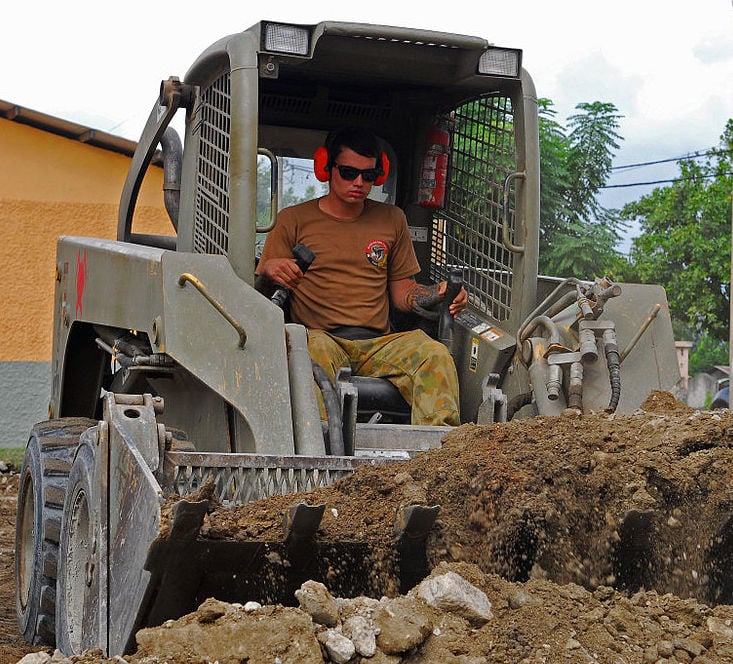
After the new grade is established, grass seed is often broadcast over the surface with a coating of straw or erosion matting to help the new seed retain its moisture while germinating. If you have an existing lawn, chances are this method is going to be the most costly and not necessarily the best lawn seeding method for your lawn.
Sodding
Sod is grass that has grown at a sod farm for 9 months or more. The existing turf is harvested in strips or rolls and installed atop freshly graded soil. As a result, you get an instantaneous lawn. Of course, sod is more expensive—about 10 times more costly than seed. In addition, on top of paying for the sod itself, you must also invest in grading work that may need to be done in advance. Sod also requires a lot of care in order to keep it alive. It’s going to need a lot more watering than seeding.
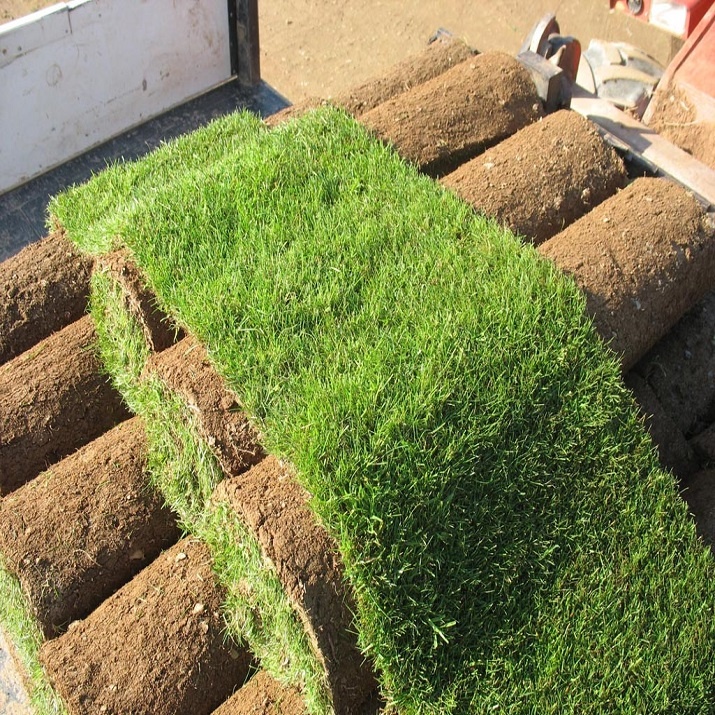
This might be an option to consider if you have dogs and are challenged to establish seed in your yard but it’s typically not the best lawn seeding method for the average lawn.
Hydroseeding
Hydroseeding is lawn a seeding method where a combination of seed, mulch, fertilizer, and soil amendments (mixed with water) is sprayed onto the lawn. Its primary use is on hillsides, where it is difficult to utilize equipment and to establish seed due to runoff. However, this method is ineffective if nothing is done to improve the soil quality so that grass can establish healthy roots.
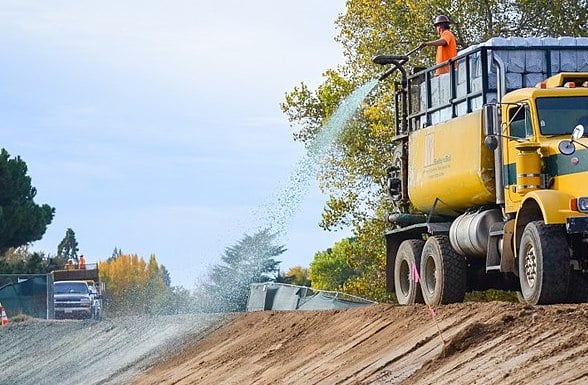
If you have clay-like soil and hydroseed, you’re essentially just throwing grass seed and some fertilizer on top of rock hard ground where it’s not going to take hold. Cost-wise, hydroseeding is slightly higher than the cost of grading and seeding. However, it’s not something that typical lawns would require.
Slice-Seeding
The process of slice seeding begins with a piece of equipment called a slice seeder, which uses vertical blades to create ½” - 1” deep slices in which seed is dropped. On a slice seeder, the blades run about an inch apart and essentially make rows of new grass plants. When performing this lawn seeding method, most companies run the machine in two directions across the lawn.

Slice-seeding is one of the most intense lawn seeding methods for established lawns and overkill for a lawn that is in half-decent shape. In fact, a slice seeder will rip out existing plants and till up a lot of your existing, healthy lawn. It’s typically only considered as a method for lawns that need a complete renovation where you’re starting from scratch. Since it’s a time-consuming process, slice-seeding is an expensive option and not a common recommended practice.
Overseeding
The process of overseeding a lawn by itself is not going to be very effective. It’s not uncommon for homeowners to see bare spots on their lawn and throw some seed down.
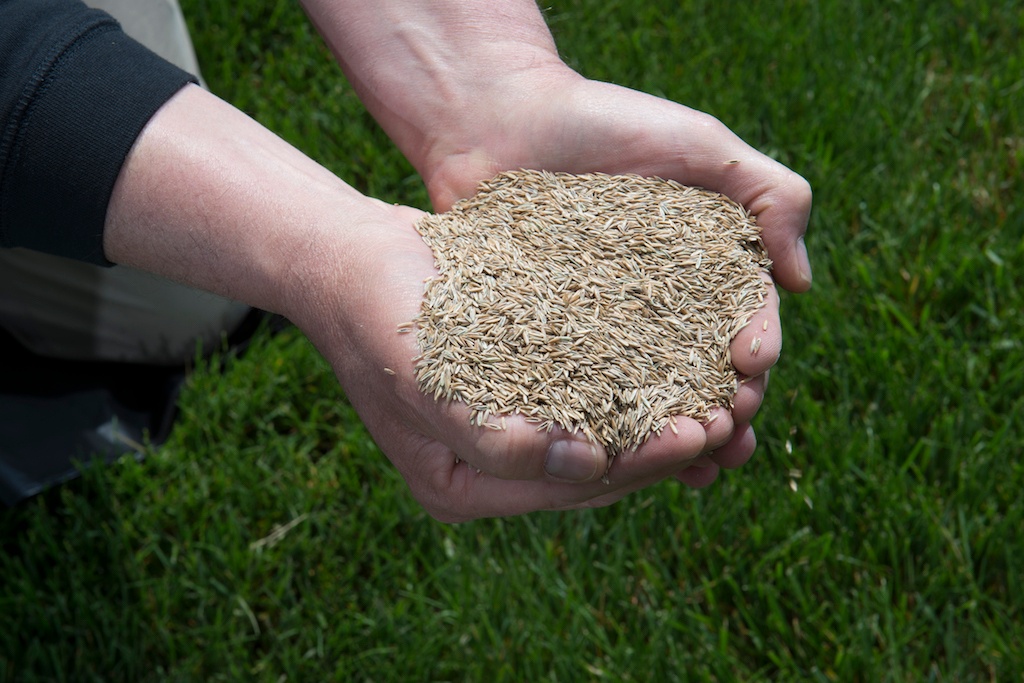
If you are seeding alone, and not doing anything to loosen the soil so that roots can develop more easily, a large percentage of that seed will never germinate. Seeds must have contact with loosened soil to be able to grow.
Aeration and Overseeding
The best lawn seeding method for an overwhelming majority of existing lawns is a combination of aeration and overseeding, performed together. During aeration, a machine called a core aerator is used to pull half-inch diameter cores of soil (about two inches deep) throughout the lawn. This process helps to loosen the soil and therefore provide better seed to soil contact.
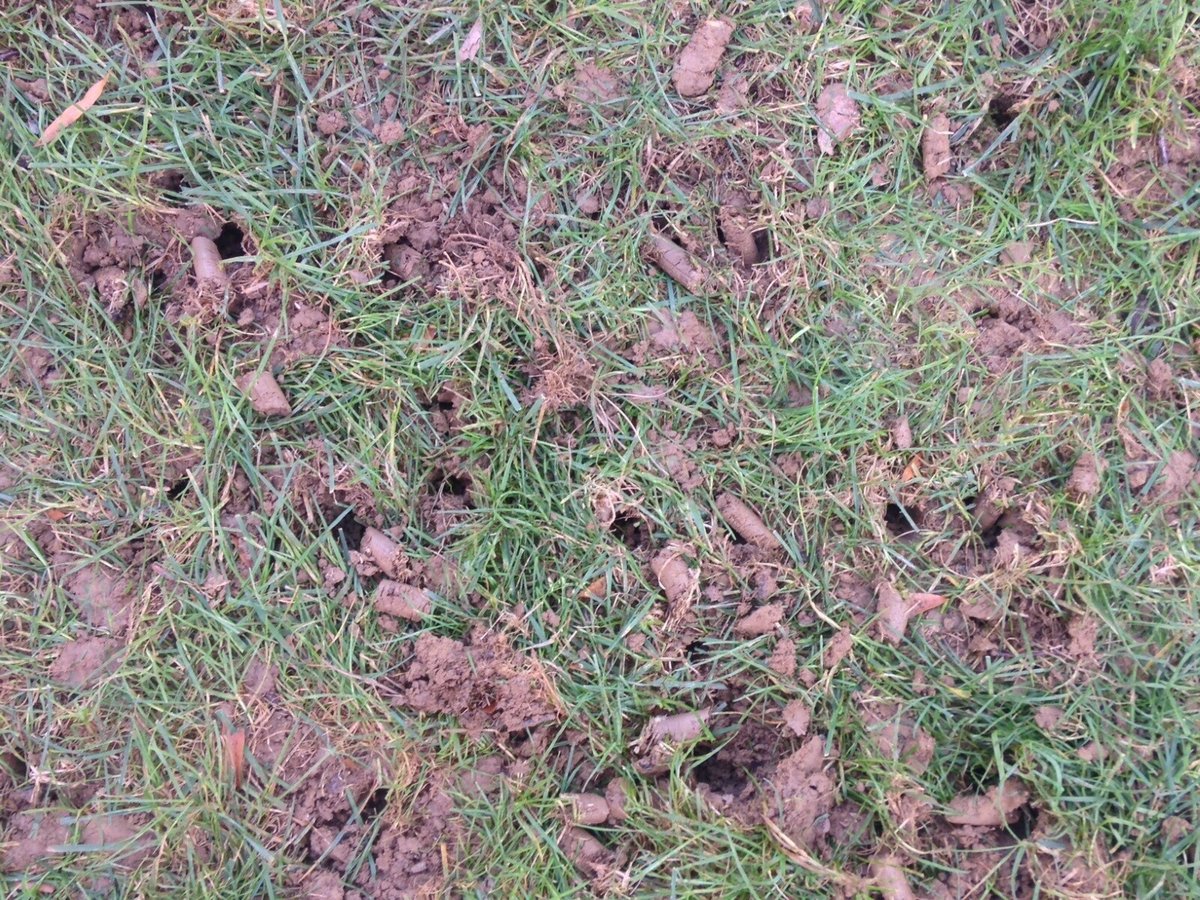
New grass will grow out of the created holes as well as on the cores that are pulled and left atop lawn. It’s an ideal condition for growing new grass plants. Don't forget, choosing the right grass seed is also very important.
Choosing the Best Lawn Seeding Method
Not only is aeration and overseeding typically the most effective way to plant grass seed in an existing lawn, it’s also the most cost-effective. While sod will be the quickest way to get a new lawn, it can also get incredibly expensive (as much as $1 per square foot, for the sod alone, no grading included).
And while slice-seeding can also be very effective, it’s usually twice the cost of aeration and as much as six times the cost of seeding alone. Plus, rarely does a lawn need such an intense service.
Aeration and overseeding works for the majority of lawns we encounter. In fact, a lot of homeowners think their lawns are in worse shape than they actually are. Aeration and overseeding often has surprising results. The process not only introduces new grass plants, but it helps an established lawn as well. By breaking up the soil, oxygen, water, and nutrients are able to penetrate down to your lawn’s roots, where it’s needed most.
Many homeowners make aeration and overseeding part of their annual lawn care maintenance plan. It’s not as invasive as some of the other lawn seeding methods we’ve mentioned. Instead, aeration and overseeding will help keep soil in the best shape as well as continuously introduce new and improved varieties of grass into the lawn to help it stay thick.
By choosing aeration and overseeding, you will end up with a healthy lawn that has long-lasting results. Plus, you’ll fill in those bare spots and be able to get more enjoyment out of your lawn—all at a reasonable price that won’t break the bank.
If you’d like to learn more about aeration and overseeding for your Cincinnati, Dayton, OH, or Northern Kentucky home, get your quote, help us find the program that’s best for you, then sit back and relax as we transform your lawn.
Image Sources: grading and seeding, sod, hydroseeding
